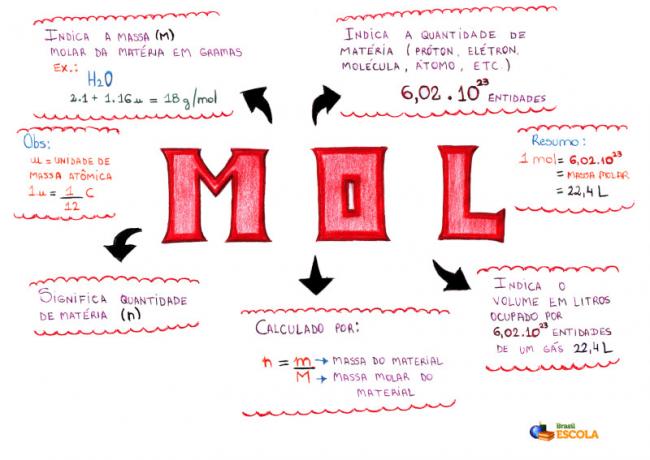Amidst the forests of America Central, in Guatemala, a lost city in ruins holds fascinating surprises related to ancient Mesoamerican civilizations.
Recent research has revealed the complex network of 417 villages that make up this vast city, revealing long-forgotten secrets. This discovery, initially reported by the Digital Look, continues to surprise us with intriguing information.
see more
Mother registers daughter named Barbie and son was almost named Ken
20 children's fairy tales - modern and classic!
Recent discoveries reveal that the civilization that inhabited the city was much more developed than researchers have analyzed in previous research. Surprisingly, a system of roads connecting these locations was revealed, forming an extensive network over 60 kilometers long.
This remarkable archaeological find has been dubbed by experts as the "world's first highway system".
City found in Guatemala revealed organized civilizations
It was not just about roads, but complete systems of water system and agricultural composition were also found. These startling discoveries reveal that Mayan civilizations were far more advanced than we thought. previously believed, challenging the traditional view that they were just nomadic groups of hunter-gatherers.
More than 2 thousand years ago, these societies had already reached a significant level of development, demonstrating an impressive complexity and sophistication. This new perspective transforms our understanding of the history and evolution of these ancient Mesoamerican cultures.
The use of LiDAR (Light Detection and Ranging) was instrumental in this discovery, revealing surprising details about the lost city. LiDAR is a system that uses high-precision lasers to measure distances and create a three-dimensional representation of the environment.
Unlike conventional radar, LiDAR emits laser pulses in multiple directions, allowing for comprehensive and accurate terrain coverage. These light pulses are reflected by objects and returned to the sensor, enabling the generation of a highly detailed 3D image.
In recent years, this technology has played a revolutionary role in the field of archaeology, enabling the discovery not only of this lost city, but also of several others found recently.
The use of LiDAR has revealed impressive details about hidden archaeological sites, revealing a new perspective on ancient civilizations and transforming our understanding of the past.
Lover of movies and series and everything that involves cinema. An active curious on the networks, always connected to information about the web.


